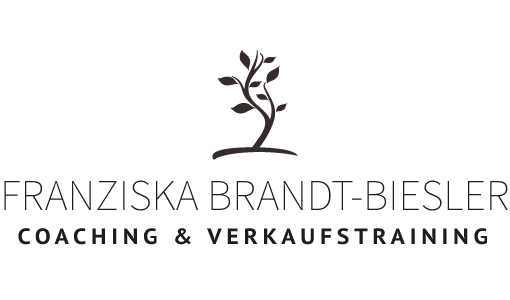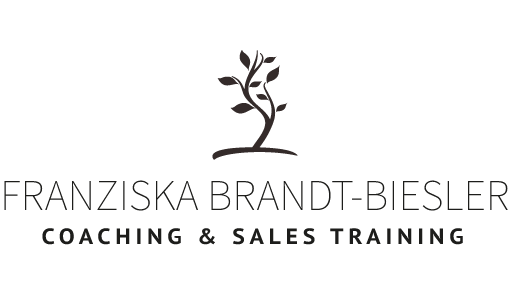SMART OBJECTIVES FOR IMPORTANT CONVERSATIONS
Going into an important conversation without an objective is a mistake. It’s too easy to be manipulated that way. But with only one objective and no alternatives, you are just as lost. What if you can’t achieve it or if you try desperately to reach it and damage the relationship? My time tested model of 3 objectives helps you to plan smarter.
My model of the 3 objectives has been around for many years. I explain it in many seminars and coaching sessions. And even longer I use it myself in all kinds of conversations, especially in sales and negotiation situations. Today I wanted to send some information to a seminar group and found out that I have never written about it, except in my books. It’ s about time now.
I developed the method of the 3 objectives intuitively. I attribute that to the fact that I am goal-oriented and at the same time conflict-averse. Great combination :-). With this method you can reach the highest achievable objective without losing your conversational partner if it doesn’t work out. You can accept their sincere “no” and still achieve the best possible result in the conversation.
And here’s how it works:
Always plan three objectives in advance of important conversations:
OBJECTIVE A: The optimal case
This is the one that you can achieve by thinking very optimistically, but at the same time with a last bit of realism. In an initial meeting with a customer, for example, this would usually not be a immediate closure, but could well be a concrete conversation about an upcoming project. The aim is to convince the customer that your solution is important to them and to make an offer.
OBJECTIVE B: Second best or plan B
It is not always within your control. If in the above example the customer is not planning a project, you can turn yourself upside down or dance in a banana skirt, you will not reach objective A. In this case objective B can help you. What can you achieve in the second best case and still have a very good result? For example, what if you find a “gap” in the customer’s business, an unsolved problem that your company could finally solve. If the customer now promises to consider you the next time the problem occurs, you can be very satisfied. Of course, you will also arrange how you will stay in contact with the customer.
OBJECTIVE C: Minimal but crucial
This is the objective that you must always achieve. In most cases, it means getting more information about the person you are talking to in order to have a better starting point in the future. In the customer situation it is of course also important to initiate further contact opportunities. But depending on the situation, objective C can also be something completely different.
Plan all goals in advance and think about the questions you need to ask in order to achieve them. Then the first thing you have to do is to work towards objective A. Not like a steamroller, of course, but respectfully and systematically. If the person you are talking to says “No”, you can accept this and move on to objective B. Sometimes it is the other way round and you use C to get to A through B. Almost always objective A also includes the other two goals.
Does that sound complicated? It is not at all. Just plan the goals for the next important conversation and then let the situation guide you. Then you will see best how it goes and that it works.


